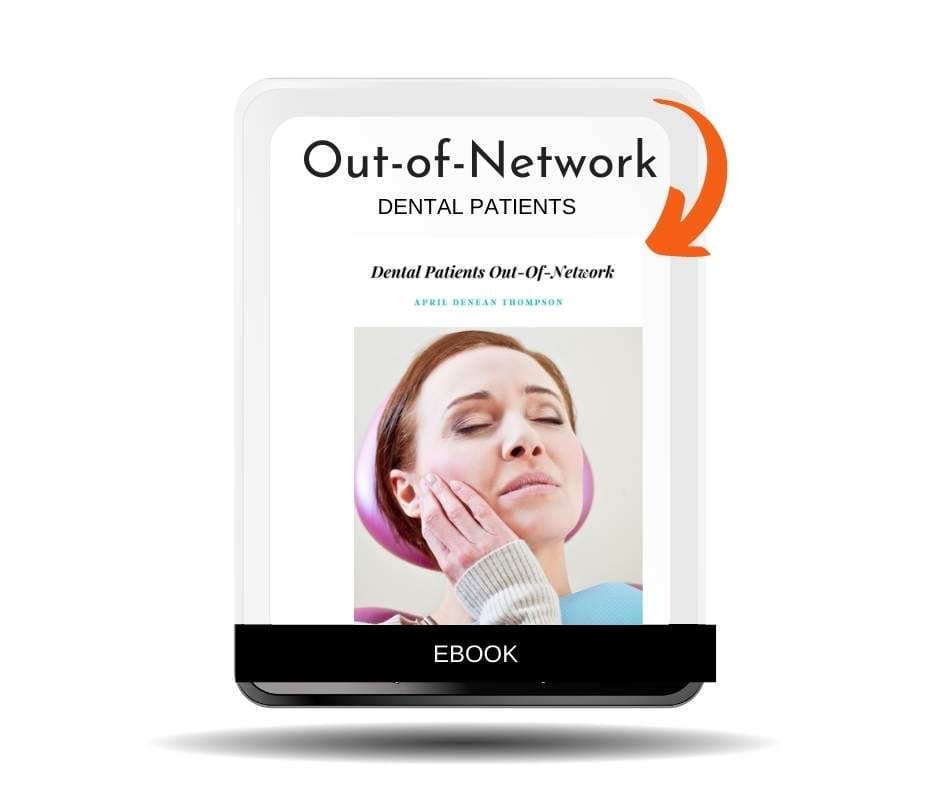Managing Out-of-Network Dental Patients
Managing out-of-network dental patients well is our goal in dentistry. We have existing dental patients to consider. And we also have perspective new patients who call. The big question is often “What do we say? How can we keep our patients?” However, there is a bit more to success with this.
Let’s back up just a bit. Or perhaps we can peek in the mirror for a minute. And let’s consider the basis of practice success. And that basis is always the way we care for our patients. Now, I don’t mean dentally. Although that matters too. What I really mean is to look at relationship success. And how do we manage customer service in our dental practice?

Create The Culture First
Patients remember how we make them feel most of all! So, let’s be sure we create a place everyone wants to be. Our team is happy to be in the office. And that transfers to our patient care and patient relations. Talk about customer service with the team. And yes, train the team as a whole. There are lots of tools here you can use.


Managing Out-of-Network Dental Patients With Increased "Value"
What can you offer patients to increase value for them to be where you are? And we want to offer this “bonus” to all our patients. Perhaps a nightguard at no cost or a whitening or even whitening for life? Sure, these are also ways to generate income for the practice. But perhaps consider a tiered level of nightguard or whitening.
Whatever it is you “give-away” can be a lower tier product. We can always leave room for an upgrade or a “paid” product as well. Be creative with this. It might even be a membership plan or rewards program that your patients receive. Whatever it is, it is just one more reason for patients to stick with you. And with this, we create value for them.
Existing & New Patient Scripts
So now we return to the main question. Just what do we say to our existing patients? And how do we answer those out-of-network questions for our potential patients?
My bottom line surrounds tone first. So, let’s stay positive in our insurance conversations. Keep it positive. Let patients know we are here for them. And we want to work with them to maximize their benefits.



































